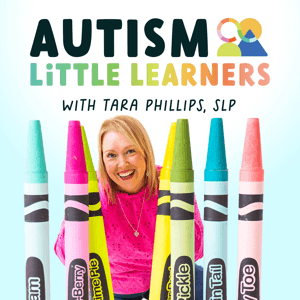
Sign up to save your podcasts
Or



By Carrie Clark, M.A. CCC-SLP





4.6
156156 ratings



The podcast currently has 99 episodes available.










The podcast currently has 99 episodes available.

43,582 Listeners

54 Listeners

8,549 Listeners

69,448 Listeners

27,467 Listeners

131 Listeners

386 Listeners

417 Listeners

19,806 Listeners

121 Listeners

271 Listeners

46 Listeners

128 Listeners

10,615 Listeners

12 Listeners